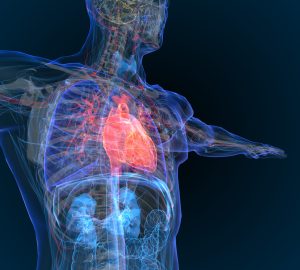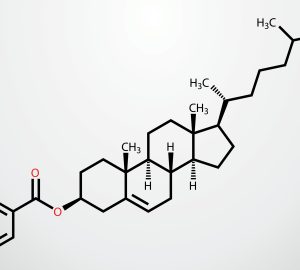[painkiller NIH grant]
SLU researcher Daniela Salvemini has been awarded a $378,750 NIH grant to determine how potent painkillers can retain their benefits but not their harmful side effects. Called the Cutting-Edge Basic Research Award (CEBRA), the grant is meant to mitigate the often devastating addiction sufferers can develop through repeated use of opiods. Other side effects currently experienced include nausea, withdrawal, sedation and delirium. The two-year grant will help Salvemini, a professor of pharmacology and physiology at SLU, continue her research.
[remote control relief]
Researchers at Washington University have developed a wireless device the width of a human hair that can be implanted in the brain and activated remotely to deliver drugs. Demonstrated in mice, the technology may one day be used to treat pain, depression, epilepsy and other disorders by targeting specific brain circuits. The study was published both online and in the print edition of the journal Cell in July. First authors of the study are Jae-Woong Jeong, Ph.D., currently a professor at the University of Colorado Boulder, and Jordan G. McCall, Ph.D., a graduate student in the lab of Michael R. Bruchas, Ph.D., associate professor of anesthesiology and neurobiology at Washington University.
[midlife changes & alzheimer’s]
Researchers are another step closer to being able to predict who will develop Alzheimer’s. In a study at Washington University published July 6 in JAMA Neurology, several key biomarkers were listed as a possible way to identify future Alzheimer’s victims years before memory loss and other cognitive problems appear. Among the biomarkers evaluated were: the protein amyloid beta 42, a principal ingredient in Alzheimer’s plaques; tau, a structural component of brain cells that increases in the cerebrospinal fluid as Alzheimer’s damages brain cells; YKL-40, a newly recognized protein that signals inflammation; and amyloid plaques, detectable by PET scans. All these biomarkers showed more pronounced changes in people carrying a form of APOE, the gene that significantly increases risk for Alzheimer’s. Data was gathered over 10 years, using 169 cognitively normal participants. The senior author is Anne Fagan, Ph.D, professor of neurology.
[preemies & autism]
A study at Washington University indicates that premature infants who avoid eye contact are less likely to demonstrate symptoms of autism at age 2 than preemies who maintain eye contact. First author Bobbi Pineda, Ph.D., speculates that premature infants may avert their gaze as a coping mechanism to help them deal with the stress of an intense environment, and that the absence of gaze aversion could signal an inability to avoid stressors. Premature infants, in general, are at an increased risk for autism spectrum disorders. The findings were reported in the July/August issue of The American Journal of Occupational Therapy. The study evaluated 62 preemies in the NICU at St. Louis Children’s Hospital, with the infants born at least 10 weeks before term. “Better understanding of how autism traits emerge along the developmental pathway is an important area for future research,” says Pineda.








